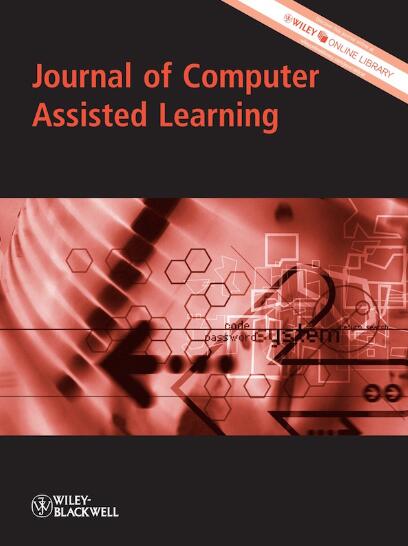Multimodal Cluster Analysis of Medical Residents' Emotions During High-Fidelity Harassment Bystander Simulation
Abstract
Background
High fidelity simulations can be an effective tool for anti-harassment education. While emotions have been identified as crucial in simulation-based education, their role in anti-harassment education within medical training remains underexplored.
Objectives
We aimed to investigate emotional profiles of medical residents during harassment bystander simulation training via hierarchical clustering based on multimodal emotions data.
Methods
Twenty seven internal medicine residents with complete data sets that were part of a larger study were recruited. Emotions were captured through self-report surveys, an electronic bracelet that records electrodermal activity, and speech content analysis based on the residents' simulation debriefing. The study involved residents performing a simulated central line insertion while a simulated harassment took place that they could use to practice intervening in harassment.
Results
Our cluster analysis revealed three equal-sized groups: ‘Emotionally Balanced, Minimal Arousal’, ‘Positive, Spiked Arousal’ and ‘Negative High Arousal’. The clusters had distinct levels of self-report emotions and electrodermal activity. Content analysis revealed distinct emotions, and sources of emotions between the clusters. Post hoc analysis revealed that the ‘Emotionally Balanced, Minimal Arousal’ group showed a higher propensity for directly confronting the harasser, indicating a composed emotional state conducive to focusing on simulation objectives.
Conclusions
Our findings reveal the varied emotional profiles that can be expected in simulation-based medical education and underscore the value of a multimodal approach to understanding these dynamics. Furthermore, the study highlights the criticality of recognising the sources of emotions and promoting effective emotion regulation strategies, especially in authentic learning environments where emotional responses are complex and impactful.


 求助内容:
求助内容: 应助结果提醒方式:
应助结果提醒方式:


